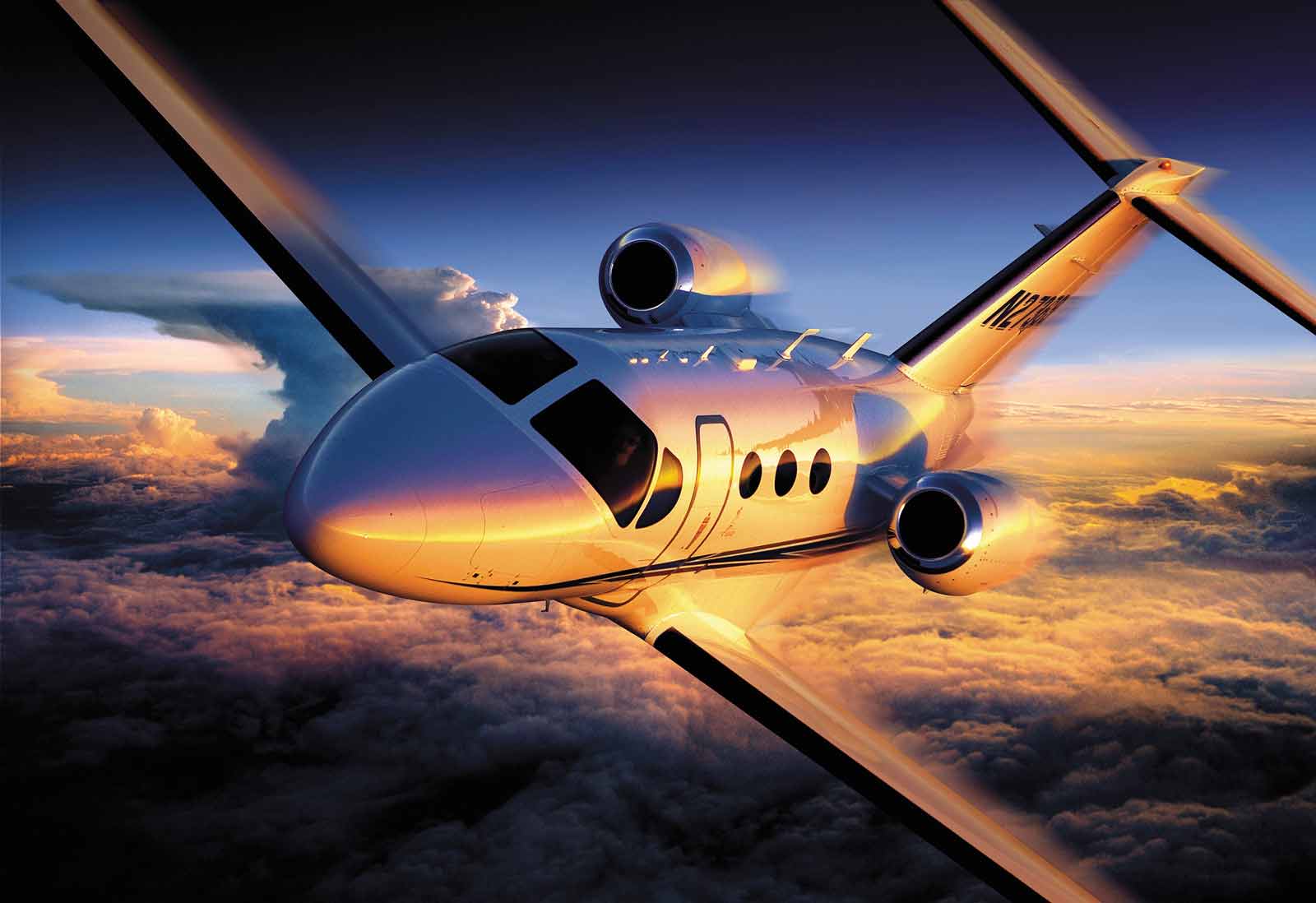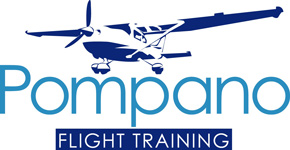Below are the requirements imposed by the FAA to become a Private Pilot.
Total Time: 40 hours minimum which consists of at least:
Dual: 20 hours minimum of flight training with an instructor including:
- 3 hours of cross country flight training in a single engine airplane;
- 3 hours of night flight training in a single engine airplane, that includes at least:
- a) 1 cross country flight of over 100 nm total distance; and
- b) 10 T/O’s and 10 landings to a full stop with each involving a flight in the traffic pattern at an airport.
- 3 hours of flight training by reference to instruments in a single engine airplane; and
- 3 hours of flight training in a single engine airplane within the 60 days prior to the practical test.
- Solo: 10 hours minimum of solo flying in a single engine airplane on the Private Pilot areas of operation including:
5 hours of solo cross country flying:
- 1 solo cross country flight of at least 150nm total distance with full stop landings at 3 points and one segment of at least 50nm between Take Off and landings; and
- 3 Take Off and Landings to a full stop at an airport with an operating control tower.
Eligibility requirements: General
To be eligible for a private pilot certificate, a person must:
(a) Be at least 17 years of age for a rating in other than a glider or balloon.
(b) Be at least 16 years of age for a rating in a glider or balloon.
(c) Be able to read, speak, write, and understand the English language. If the applicant is unable to meet one of these requirements due to medical reasons, then the Administrator may place such operating limitations on that applicant’s pilot certificate as are necessary for the safe operation of the aircraft.
(d) Receive a logbook endorsement from an authorized instructor who:
(1) Conducted the training or reviewed the person’s home study on the aeronautical knowledge areas listed in §61.105(b) of this part that apply to the aircraft rating sought; and
(2) Certified that the person is prepared for the required knowledge test.
(e) Pass the required knowledge test on the aeronautical knowledge areas listed in §61.105(b) of this part.
(f) Receive flight training and a logbook endorsement from an authorized instructor who:
(1) Conducted the training in the areas of operation listed in §61.107(b) of this part that apply to the aircraft rating sought; and
(2) Certified that the person is prepared for the required practical test.
(g) Meet the aeronautical experience requirements of this part that apply to the aircraft rating sought before applying for the practical test.
(h) Pass a practical test on the areas of operation listed in §61.107(b) of this part that apply to the aircraft rating sought.
(i) Comply with the appropriate sections of this part that apply to the aircraft category and class rating sought.
(j) Hold a U.S. student pilot certificate, sport pilot certificate, or recreational pilot certificate.
[Doc. No. 25910, 62 FR 16298, Apr. 4, 1997, as amended by Amdt. 61-124, 74 FR 42558, Aug. 21, 2009]
Aeronautical Knowledge
(a) General. A person who is applying for a private pilot certificate must receive and log ground training from an authorized instructor or complete a home-study course on the aeronautical knowledge areas of paragraph (b) of this section that apply to the aircraft category and class rating sought.
(b) Aeronautical knowledge areas. (1) Applicable Federal Aviation Regulations of this chapter that relate to private pilot privileges, limitations, and flight operations;
(2) Accident reporting requirements of the National Transportation Safety Board;
(3) Use of the applicable portions of the “Aeronautical Information Manual” and FAA advisory circulars;
(4) Use of aeronautical charts for VFR navigation using pilotage, dead reckoning, and navigation systems;
(5) Radio communication procedures;
(6) Recognition of critical weather situations from the ground and in flight, windshear avoidance, and the procurement and use of aeronautical weather reports and forecasts;
(7) Safe and efficient operation of aircraft, including collision avoidance, and recognition and avoidance of wake turbulence;
(8) Effects of density altitude on takeoff and climb performance;
(9) Weight and balance computations;
(10) Principles of aerodynamics, powerplants, and aircraft systems;
(11) Stall awareness, spin entry, spins, and spin recovery techniques for the airplane and glider category ratings;
(12) Aeronautical decision making and judgment; and
(13) Preflight action that includes—
(i) How to obtain information on runway lengths at airports of intended use, data on takeoff and landing distances, weather reports and forecasts, and fuel requirements; and
(ii) How to plan for alternatives if the planned flight cannot be completed or delays are encountered.
Flight Proficiency
(a) General. A person who applies for a private pilot certificate must receive and log ground and flight training from an authorized instructor on the areas of operation of this section that apply to the aircraft category and class rating sought.
(b) Areas of operation. (1) For an airplane category rating with a single-engine class rating:
(i) Preflight preparation;
(ii) Preflight procedures;
(iii) Airport and seaplane base operations;
(iv) Takeoffs, landings, and go-arounds;
(v) Performance maneuvers;
(vi) Ground reference maneuvers;
(vii) Navigation;
(viii) Slow flight and stalls;
(ix) Basic instrument maneuvers;
(x) Emergency operations;
(xi) Night operations, except as provided in § 61.110 of this part; and
(xii) Postflight procedures.
Aeronautical Experience
(a) For an airplane single-engine rating. Except as provided in paragraph (k) of this section, a person who applies for a private pilot certificate with an airplane category and single-engine class rating must log at least 40 hours of flight time that includes at least 20 hours of flight training from an authorized instructor and 10 hours of solo flight training in the areas of operation listed in § 61.107(b)(1) of this part, and the training must include at least—
(1) 3 hours of cross-country flight training in a single-engine airplane;
(2) Except as provided in § 61.110 of this part, 3 hours of night flight training in a single-engine airplane that includes—
(i) One cross-country flight of over 100 nautical miles total distance; and
(ii) 10 takeoffs and 10 landings to a full stop (with each landing involving a flight in the traffic pattern) at an airport.
(3) 3 hours of flight training in a single-engine airplane on the control and maneuvering of an airplane solely by reference to instruments, including straight and level flight, constant airspeed climbs and descents, turns to a heading, recovery from unusual flight attitudes, radio communications, and the use of navigation systems/facilities and radar services appropriate to instrument flight;
(4) 3 hours of flight training with an authorized instructor in a single-engine airplane in preparation for the practical test, which must have been performed within the preceding 2 calendar months from the month of the test; and
(5) 10 hours of solo flight time in a single-engine airplane, consisting of at least—
(i) 5 hours of solo cross-country time;
(ii) One solo cross country flight of 150 nautical miles total distance, with full-stop landings at three points, and one segment of the flight consisting of a straight-line distance of more than 50 nautical miles between the takeoff and landing locations; and
(iii) Three takeoffs and three landings to a full stop (with each landing involving a flight in the traffic pattern) at an airport with an operating control tower.

